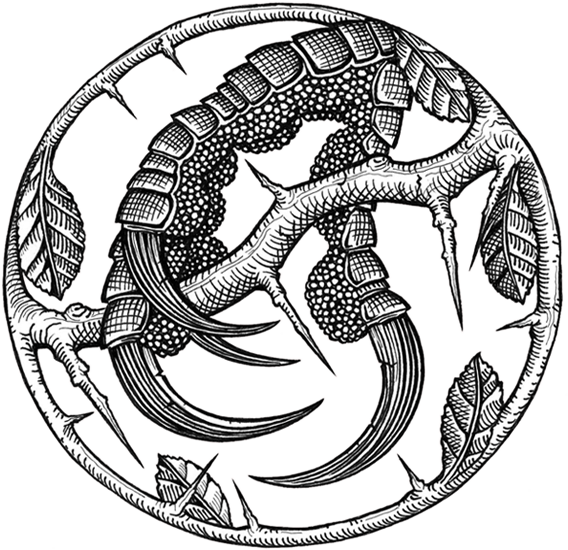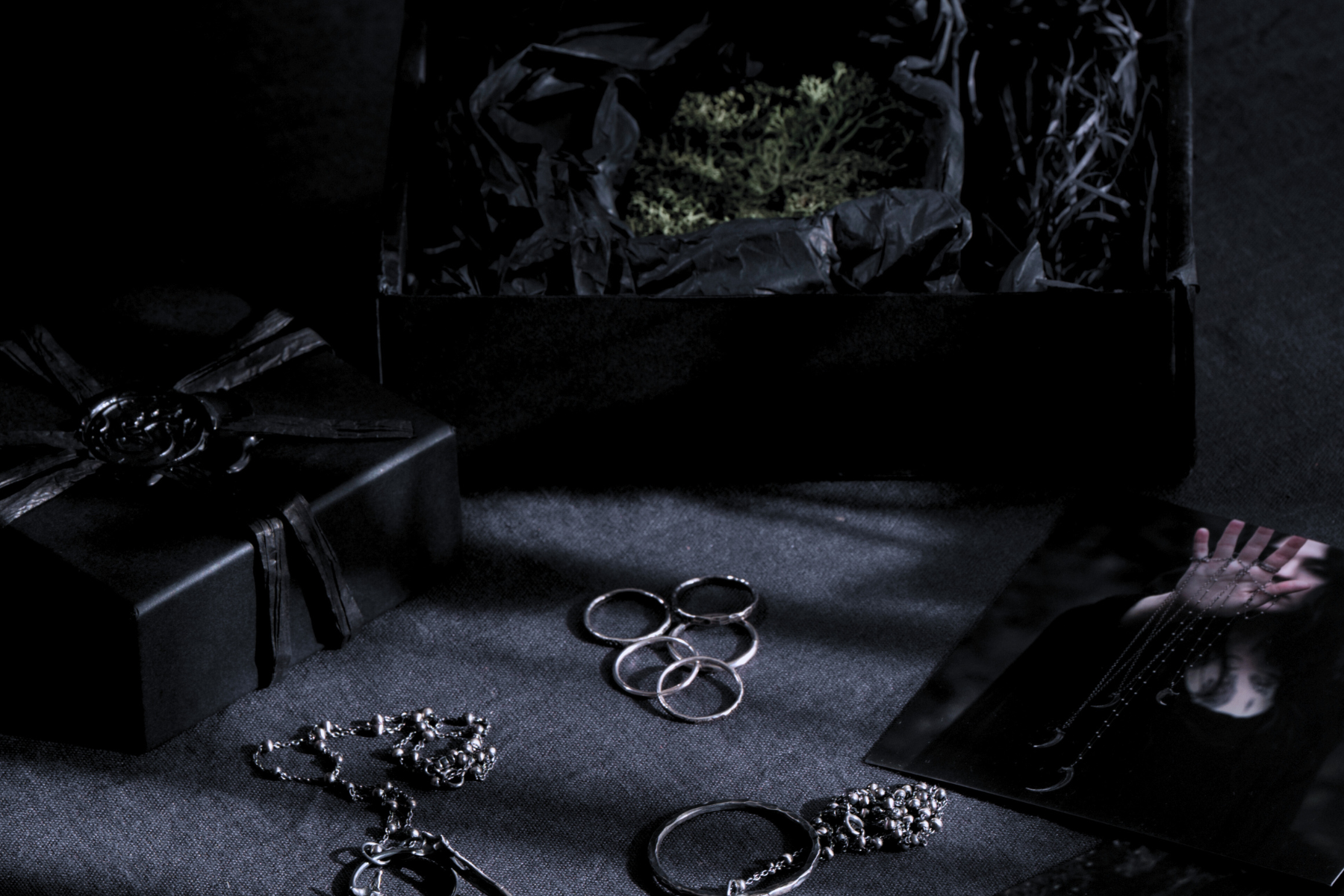
How to Celebrate Samhain | Rituals, Folklore & Meaning
Samhain (pronounced Sow-in) is the ancient Celtic festival marking the final harvest and the turn toward winter. It sits opposite Beltane on the Wheel of the Year, symbolising balance between life and death.
What Is Samhain? (Meaning & Origins)
For the Celts, Samhain was a liminal time, the veil between worlds grew thin, and the spirits of the dead could walk among the living. Fires were lit to honour ancestors and protect the community as the dark half of the year began.
The church later absorbed these customs into All Saints’ Day and All Souls’ Day, while folk traditions evolved into modern Halloween, yet the older meaning remains vital: Samhain is a night of remembrance, release, and renewal.

The Folklore and Symbolism of Samhain
Samhain’s folklore is rich with myth and shadow. It is a time when boundaries blur, the Otherworld draws close, and the living commune with the dead.
-
Fire and smoke purify and protect, cleansing the old year’s energy.
-
Turnip lanterns (precursors to pumpkins) were carved to frighten away wandering spirits.
-
Bonfires and divination were central rites, guiding villages through the coming winter.
-
Deities such as The Morrígan and The Cailleach personify Samhain’s mystery, goddesses of fate, death, and transformation.
The symbolism of Samhain speaks to cyclical truths: to harvest is to end; to end is to seed again. It asks us to embrace shadow as a necessary part of rebirth.
Traditional and Pagan Rituals for Samhain
Long before modern Halloween, Samhain was celebrated as one of the most sacred festivals in the Celtic year. Villages gathered at sunset to extinguish every hearth, then relight them from a single communal fire, a symbol of unity and protection for the long winter ahead. These bonfires were believed to purify and guard against wandering spirits as the veil between worlds thinned. People walked the flames’ edge to bless livestock and carry the sun’s fading warmth home in torches.
Divination was also central to ancient Samhain rites. Apples were peeled to reveal letters or names, nuts were thrown into fires to read the fates of lovers, and mirrors or bowls of water were used to glimpse visions of the coming year. Offerings of food and drink were left outside doorways to appease ancestral spirits and the Aos Sí, the fae folk said to travel freely on this night.
Modern pagans still echo these traditions: lighting candles instead of great fires, crafting Samhain altars with blackthorn branches and apples, and performing simple rituals of release and protection. Whether ancient or new, every act at Samhain honours the same truth, that endings are sacred, and through darkness, renewal begins.
The Spiritual Meaning of Samhain Today
In modern practice, Samhain remains a powerful time for introspection and spiritual cleansing. It is the moment to pause, reflect, and realign before the descent into winter.
Spiritually, Samhain symbolises:
-
Transformation – honouring the cycles of death and rebirth
-
Release – shedding old patterns and energies
-
Wisdom – listening to ancestral and intuitive guidance
-
Protection – strengthening boundaries for the dark months
Samhain reminds us that shadow is not to be feared but integrated, the seed of renewal rests in dark soil.
Samhain Correspondences
Animals – Raven (wisdom), Owl (intuition), Bat (transformation), Cat (mystery), Wolf (loyal guardian)
Plants & Trees – Blackthorn (protection), Yew (immortality), Apple (rebirth), Hawthorn (boundaries)
Herbs – Sage (cleansing), Rosemary (remembrance), Mugwort (divination), Wormwood (spirit connection), Rue (release)
Colours – Black (shadow), Orange (fire), Red (life force), Gold (renewal)
Symbols – Fire, Lanterns, Skulls, Cauldron, Bones
Foods – Apples, Bread, Nuts, Root Vegetables, Cider
Simple Samhain Rituals You Can Do at Home
You don’t need grand ceremonies to celebrate Samhain. Begin at dusk by lighting a single candle and acknowledging the veil between worlds growing thin. Create a small altar with apples, acorns, or photos of loved ones who’ve passed, a place where gratitude meets remembrance. You might burn a slip of paper inscribed with something you’re ready to release, or draw tarot cards to seek guidance for the months ahead. Some choose to wear a talisman for protection. These small, deliberate acts connect you to the rhythm of Samhain, turning quiet moments into ritual.
Foods, Herbs & Offerings for Samhain
Feasting and offering have always been central to Samhain. The final harvest brings apples, bread, nuts, and root vegetables, shared in gratitude and remembrance. Apples hold the lore of the Otherworld, while bread and grains symbolise the labour and sustenance of the year just passed. Fragrant herbs such as sage, rosemary, and mugwort are burned or brewed for cleansing and divination, their smoke linking the seen and unseen. Pour cider or wine to the earth, leave a piece of bread by your doorway, or set a small dish of food on your altar as an offering to ancestors. These gestures of nourishment honour both the living and the dead, weaving continuity through the turning of the year.
Celebrate Samhain by wearing seasonal jewellery as sacred talismans
Another way to celebrate Samhain is to adorn yourself with powerful talismans. Jewellery possesses the power to forge a profound personal connection. When you wear a symbol of your reverence, it becomes a tactile touchstone, a constant companion to your desires and dreams. This symbolic Samhain jewellery adorns you not as mere ornamentation but as an intricate part of a profound ritual. In the same way, an altar is adorned with reverence, each piece carefully chosen for its significance; you, too, become a living altar. Every pendant, ring, or amulet you wear is a sacred offering to the season, a testament to the spirits of Samhain.
CAILLEACH - BLACKTHORN NECKLACE IN SOLID STERLING SILVER
FORNI - RAVEN CLAW NECKLACE IN SOLID STERLING SILVER
DRAOIDH - SMALL ACORN NECKLACE IN SOLID STERLING SILVER
FAQ: Samhain Rituals and Meaning
What is Samhain and how is it celebrated?
Samhain is the Celtic festival marking the end of harvest and the start of winter. It is celebrated with fires, feasts, ancestor offerings, and protective rituals.
What is the difference between Samhain and Halloween?
Samhain is the ancient pagan festival rooted in Celtic spirituality; Halloween is its modern descendant, shaped by Christian and folk traditions.
What do you eat at Samhain?
Traditional foods include apples, nuts, bread, and root vegetables, the final harvest offerings shared in gratitude.
How can I honour ancestors at Samhain?
Light candles, create an altar, speak their names, and share food in their memory.
What symbols represent Samhain?
Fire, lanterns, skulls, bones, and the cauldron, all symbols of transformation and the cycle of life and death.
Continue the Wheel of the Year
For those in the Southern Hemisphere, this moment aligns with Beltane, the festival of blossoming life and fertility.
-
How to Celebrate Beltane – fire, union, and the rising energy of spring.
-
How to Celebrate the Autumn Equinox – the harvest balance before the descent into shadow.
Join the Circle
If this season of shadow and remembrance calls to you, step closer. My seasonal letters share folklore, rituals, and the stories behind each talisman I create. Sign up to the Thorn & Claw newsletter to receive these guides, early access to new pieces, and insight into the old ways reborn. Let Samhain be your invitation to walk deeper into the mystery.





